Competition and capacity the key to lower airfares in Australia
What’s driving airfares and when will prices come down have been brought into focus by the Qatar Airways’ controversy. Two factors are key to lower prices.
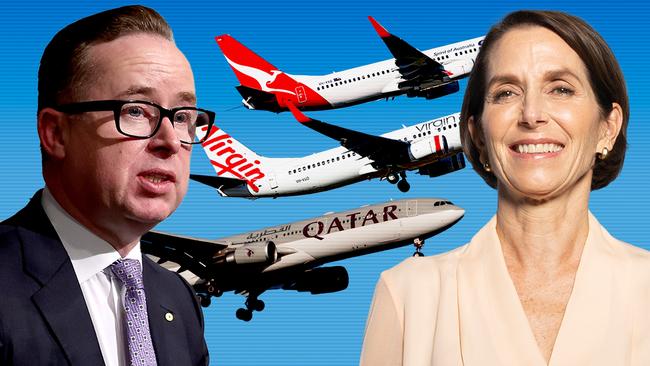
Business
Don't miss out on the headlines from Business. Followed categories will be added to My News.
We have heard a lot about airfares in the last couple of years – why they’re so high, what’s driving those prices and when they might come down.
But if anything explains the mystery behind high fares, it’s the current controversy over Qatar Airway’s application for more flights into Australia.
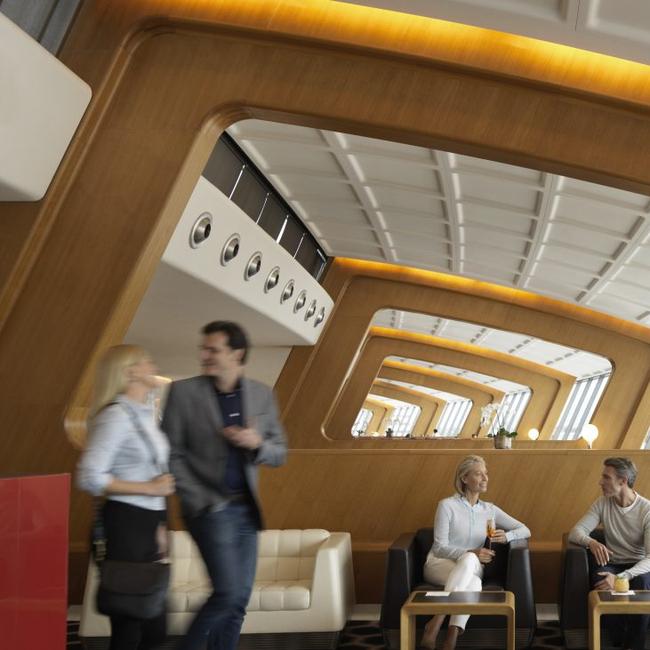
No matter what the government or Qantas says about the flights not being in the national interest, or distorting the market, it’s very evident more capacity on routes into the Middle East and Europe, means more competition for Qantas and partner Emirates.
And more capacity and competition can only mean one thing for travellers – lower airfares.
It’s fair to say pricing airline seats is a tricky business with more than a dozen fare types sold on any one flight in an effort to ensure every row is filled.
Cheap seats
There’s the cheapest seats – which have been few in number in recent years – right through to the most expensive fully-flexible premium seats which have been priced at record levels.
A myriad of factors is taken into account when setting fares. There’s the competition on the route, taxes and charges and codeshare arrangements, as well as oil prices, labour costs and capacity.
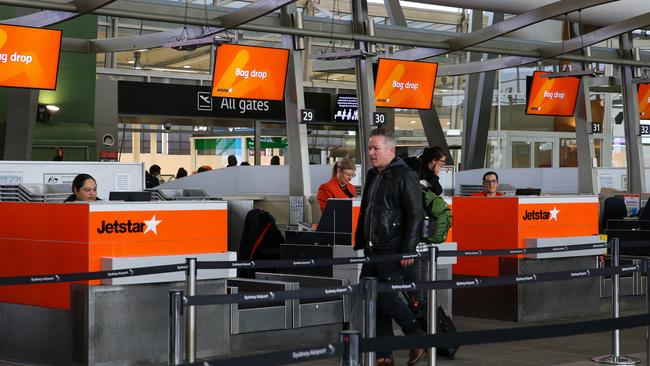
During the Covid pandemic, airline executives such as Qantas CEO Alan Joyce were predicting fares would fall when travel restarted as airlines competed for passengers to fill their seats.
Despite constant talk of the “pent-up travel demand” there was much uncertainty about how quickly people would return to the skies, where they were sandwiched between scores of others.
Premium fares
As it turned out, there was no hesitation to get on aeroplanes and airlines found they had to do very little to encourage travel.
Emirates regional vice president Barry Brown boasted that they could fill premium cabins six-times over on European routes, such was the demand for travel.
At the same time, Russia’s war on Ukraine was erupting sending oil prices sky high which only added to already high airfares.
Out of Australia economy fares climbed into the thousands, and business class fares into the tens of thousands.
Even on domestic routes, fares were at eye-watering levels.
It was not uncommon to hear of people paying $700 for a one-hour Sydney-Melbourne flight in economy, or $2500 for Sydney-Perth.
What was perhaps most surprising to airlines unsure of what to expect post-Covid, was people were paying those fares almost without hesitation.
So as oil prices eased, the fares remained high resulting in record profits to airlines in their first year back from Covid.
In Australia, fares peaked in December 2022, long after oil prices came down, thanks to the slow return of capacity.
Not enough planes
Faced with backlogs in maintenance facilities, airlines could not get aircraft back into the skies fast enough or skilled workers retrained in a timely fashion.
Capacity did start increasing into Australia – in often unexpected ways.
Routes such as Sydney-Seoul previously had two airlines in operation. Now there are five airlines competing, and it’s a similar story on routes to Vietnam, thanks to the entry of Bamboo Airways and Vietjet.
Flights to India are also dramatically up on what they were pre-Covid, thanks to new routes launched by Qantas in recognition of the strong demand for visiting friends and relatives.
Analysis by Airservices Australia shows the routes where capacity is strongest, even exceeding 2019 levels, and those that are still playing catch up.
They include the Middle East, which in June was still 29 per cent behind pre-pandemic capacity.
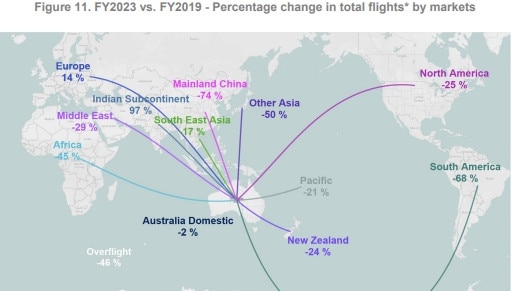
Qantas and Virgin
Oddly enough, an application by Qatar Airways to increase flights to Australia – effectively doubling its 2019 capacity, was rejected by the federal government after Qantas objected on the grounds it would distort the market.
Mr Joyce told a Senate Committee this week, it wouldn’t have been fair for Qatar to operate more flights when other airlines, such as Qantas’ partner Emirates, were still not back at pre-pandemic capacity.
Virgin Australia CEO Jayne Hrdlicka argued the additional 28 flights a week by Qatar into Sydney, Melbourne, Perth and Brisbane would lower international fares almost “immediately” by as much as 40 per cent.
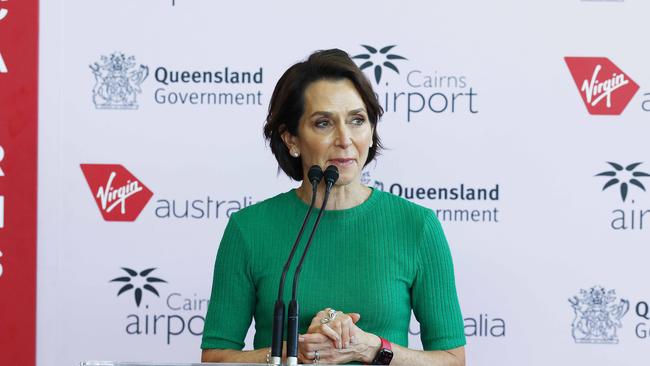
As her corporate affairs chief told a Senate Committee recently, airlines don’t increase flights into a market and then charge more for fares.
Qantas now predicts fares will eventually return to 2019 levels, as millions more airline seats come into the market — showing that when it comes to pricing, capacity is king.
Although Qatar is for now looking at other markets, Chinese carriers are rebuilding capacity into Australia along with Singapore Airlines and Cathay Pacific.
More capacity can only mean more competition among airlines with travel agents eagerly awaiting the return of “early bird sales” in October.
At last it seems, travellers might have a shot at getting good value for money providing cost-of-living pressures have not put paid to the dream of an overseas holiday.
More Coverage
Originally published as Competition and capacity the key to lower airfares in Australia





